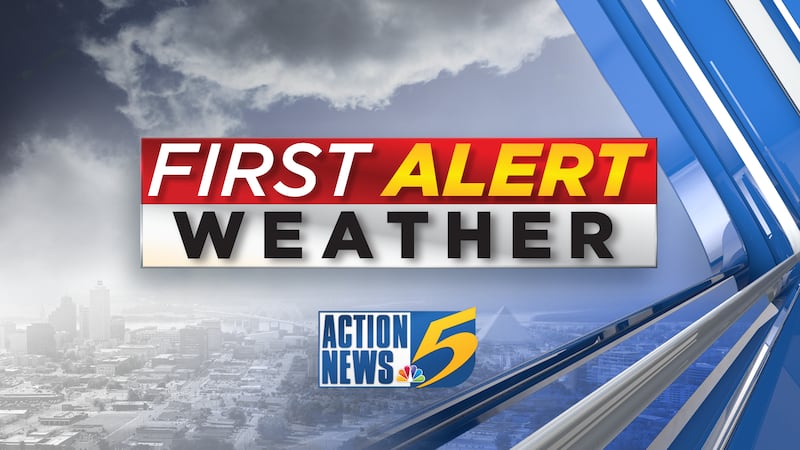What is an MCS & when they occur in the Mid-South
MEMPHIS, Tenn. (WMC) -Every year in May through July we get these lines of storms called a Mesoscale Convective System or MCS’s in the Mid-South. An MCS is a collection of thunderstorms that act as a system. They are larger than a pop-up or isolated single storm that may impact one city and last 15 min to an hour. An MCS usually last between 3 and 6 hours and sometimes can spread across an entire state and last more than 12 hours. They can produce severe weather with the main threats being intense heavy rain, damaging wind, hail, and frequent lightning. They usually form in the Plains late night and if we have a northwest flow, it will allow the MCS to move east south east into the Mississippi Valley during the morning hours in the summer.
MCC’s usually forms when rain cooled air from several storms join forces to create a bigger cold pool of air. This cold pool spreads out along the ground and acts as a mini cold front, which activates new storms as it moves along.
When monitoring MCS’s on radar they can look like a solid line of intense storms, a broken line of storms, or a cluster of cells. There are two types of MCS’s. They are Mesoscale convective complex or MCC or Mesoscale convective vortex or a MCV.
A Mesoscale convective complex (MCC)is a large, circular, long-lived cluster of showers and thunderstorms and can be identified on satellite. It often emerges out of other storm systems during the late-night and early-morning hours. MCCs can cover an entire state.
Mesoscale convective vortex (MCV) is a low-pressure center within an MCS that pulls winds into a circling pattern, or vortex. An MCV can last for up to 12 hours after its parent MCS has dissipated. This orphaned MCV will sometimes then become the seed of the next thunderstorm outbreak. An MCV that moves into tropical waters, such as the Gulf of Mexico, can serve as the nucleus for a tropical storm or hurricane.
MCS’s produce most of the rainfall that occurs across the Great Plains and through the Great Lakes/Ohio Valley during the summer. They can also produce wind damage that can stretch for hundreds of miles and often produce frequent lightning.
Copyright 2022 WMC. All rights reserved.
Click here to sign up for our newsletter!
Click here to report a spelling or grammar error. Please include the headline.








